

When even a small alteration can significantly raise a card’s value, bad actors will alter sportscards to increase their value. However, a cheap blacklight can be highly useful in detecting alterations and protecting you from purchasing a fraudulent card.
A blacklight is a small portable device, resembling a small flashlight, which emits a longwave ultraviolet light. The light is invisible to humans and is completely harmless but is highly useful in detecting materials such as phosphors.
However, it has long been used in crime scenes because it can help us see things our naked eye cannot pick up. Materials respond to the light in various ways. Some shine quite brightly in the UV light, some do not respond at all, while other materials fluoresce to a moderate extent.
In the sports card hobby, we use blacklight to detect alterations to cards made before 1950. It is a bit trickier to spot fakes from after 1950 using this technique. It is a good idea to get your hands on a cheaper card from the same series when in doubt. A careful comparison will weed out the vast majority of fakes.
However, luckily Topps cards from the 1950s generally have few fluorescing chemicals. Therefore, you can spot a fake or altered Mickey Mantle rookie card for instance.
The card on the right glows in the light, a sure sign that it was produced in the post-war era. Meanwhile, the one on the left shows no sign of tell-tale chemicals.

You do not need to purchase an expensive blacklight in order to identify alterations, an affordable blacklight from Walmart will do.
First, practice and examine the paper and other materials under your blacklight. Experimentation will give you a feel for how different materials respond to the light. The most important part is to compare modern paper, which contains chemicals that react to the light, to older paper that does not.
Pick a room that gets very dark during the day, or wait until night to conduct your examination. Make sure to place your cards on a table or any solid display which does not respond to the UV light. If at all possible, remove the cards from any covering before proceeding.
Scammers typically alter baseball cards to appear to be in better condition than they are. Luckily, most alterations involve paint or varnish materials, which leave detectable traces on the card.
When a card has been altered, it is usually quite noticeable. When you shine the UV light on the card, look for the following:

Using a blacklight on the card will reveal most frauds; it is not a completely foolproof method. To cover up the alterations, the perpetrators of some scams cover the entire card in substances meant to prevent blacklight detection. In those cases, your best bet is to locate another card made in the same series and compare the two.
Top 5 Sports Card Athletes to invest in RIGHT NOW (big ROI potential!)
 0:58
0:58
The best small town card shop? 👀
Sports Card Scavenger Hunt! (5,000 Subscriber Special!)
I hit a SWEET auto from the #1 overall pick at PCB hobby
The Ultimate 2024 Football Card Brand Tier List (Panini vs. Topps and more!)
2025 Topps All Star Game Mega Box Product Review
Ripping the new Topps All Star Game mega box.
Is this new sports card store the BEST VALUE around?
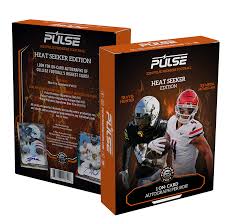
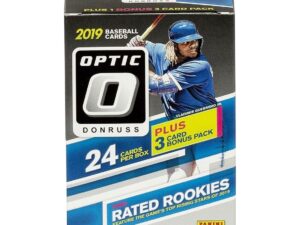
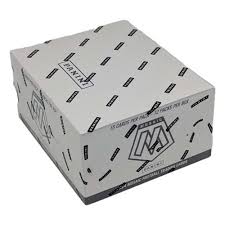
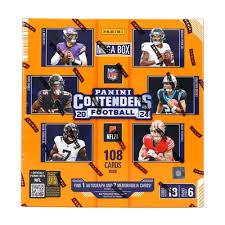
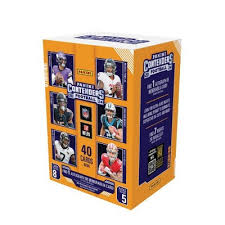
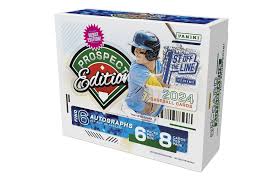
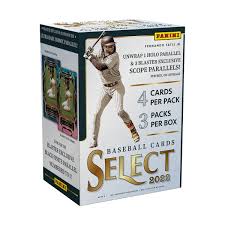
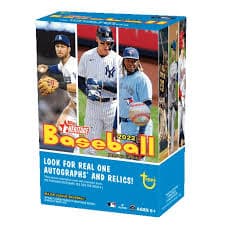
2022 Topps Heritage Baseball Blaster Box Configuration: 7 Packs per Box – 9 Cards per Box. Plus 1 extra pack.
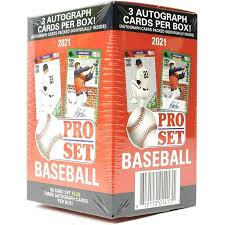
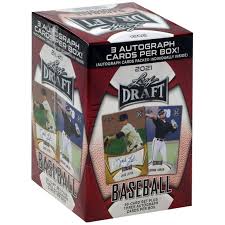
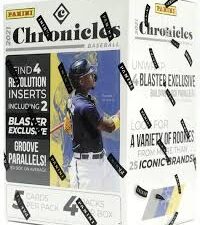
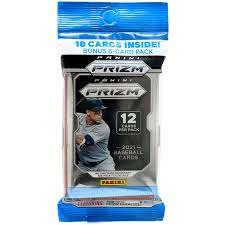
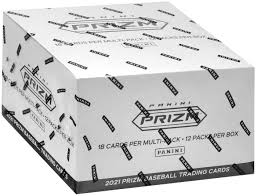

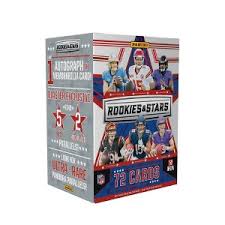
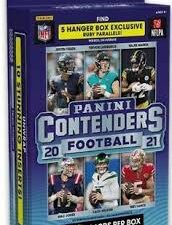
Keep up on breaking Sports Card News, our latest articles, product specials and exclusive content with expert analysis of hobby trends.

© Copyright 2025 - All rights reserved Cardlines.com / Media Techs LLC - Sports Card News, Reviews, Releases and BREAKS - #thehobby.
Important: When you click on links to various merchants on this site and make a purchase, this can result in this site earning a commission. Affiliate programs and affiliations include, but are not limited to, the eBay Partner Network.
What you need to know about Cal Raleigh 👀
Cardlines 6 hours ago